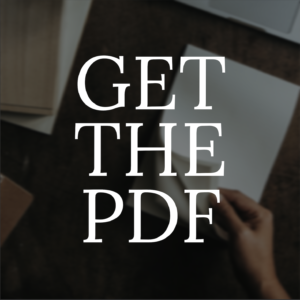HISTORY CAN BE CREATIVE
A SYNTHESIS REFLECTION ON MY MAET LEARNING
The following essay is a reflection on my journey as an educator and what impact the Master of Arts in Educational Technology program at Michigan State University has had on my approach and practice as an educator and leader. In the following paragraphs, I will reflect on how I realized there was a problem in education, my discovery of MSU as an institution for education innovation, the courses that have transformed my teaching practice, and finally my future as an advocate for education transformation.
CAN THERE BE A BETTER WAY FOR KYLE?
Kyle slumped over his desk as soon as he looked at his returned Scantron, marred with pink lines along the side almost every question on the green sheet. When I had heard the Gatling gun sounds of the scanner grading his test, I knew this moment would come. His shoulders sunk in even greater despair as he heard many of his classmates celebrate their success on the unit test. Holding back his tears, this young man of 16 asked to retreat to the restroom, no doubt for a moment of privacy to let his emotions flow without judging eyes.
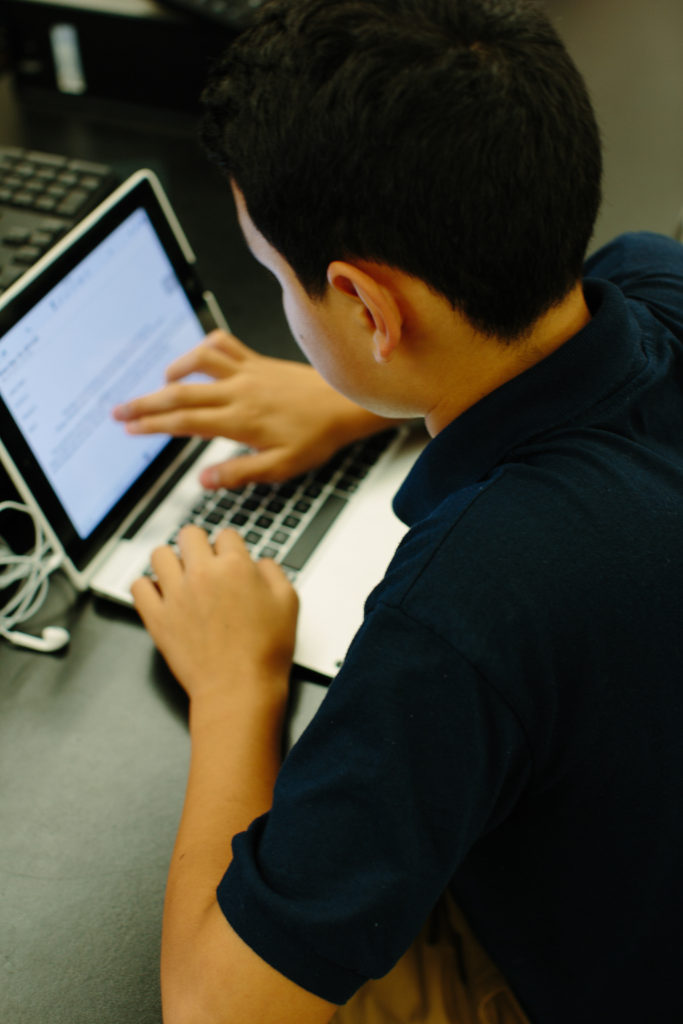
The following morning Kyle came early to my classroom seeking advice. “I study for hours, reading and rereading the assigned pages and take detailed notes. Nothing I’m doing is working.” His plea for help was not new to me. I’ve heard it nearly every year, always in the same frustrated tone. He wanted to know what he was doing wrong, whether he belonged in the class, and if there was some secret to success that I could reveal. And once again, I had little to offer this student other than what must seem like a trite response. “You’ve got to try harder. Are you reading the book? Are you multi-tasking while reading? Are you reading the text slowly?” The one thing I never bothered to ask was questions of my own practice—about the work I assigned, the prior knowledge of the student, the student’s reading level, the support I offered, or the types of questions I asked.
I was cut from the same cloth that my professors had been cut. I sat through hours of lecture, read textbooks and monographs, wrote papers, and took dozens of multiple-choice question tests. I thrived in this environment. And so naturally, I brought these teaching methods with me to my sophomore world history class. I gave little thought to the inner-city students whom I now taught. They would be transformed into academic giants by my passion and zealous lectures. And some did but propelled by an educational human sacrifice. I gave little attention to those who seemed unwilling or unable. “Keep trying; you’ll get it” were common words spoken to the downtrodden and defeated student. Some did “get it”—but many did not.
While I was proud of the lectures that I had created, I began to wonder whether there was something more. I wondered whether there was a better way. It was at this time that my school site introduced the iPad into the classroom. I was intrigued but was not sure what to do with all this tech other than assigning a digital textbook, digital papers, and use online research tools.
Gradually I played with what would transform my practice, but also how students learn across my school’s campus. Students could learn by creating.
SEEKING A DIFFERENT KIND OF EDUCATION
We had just begun this process as I came to Michigan State University’s Master’s in Educational Technology program (MAET). I began the program looking for support and fresh ideas for both the classroom and how we lead. I found a paradigm shift.
The MAET program introduced to me new ways of thinking about education, challenging the very structure, design, and purpose that we had come to accept blindly. Through asking hard questions about education, my school site, and my teaching practice, new approaches began to replace old traditions.
My first class in the program shook my once confident opinions to the core. Adapting Innovative Technologies in Education introduced me to making culture and learning by doing. There is probably no other course, book, or conference trip that changed my practice more. Prompted by an assignment to create a lesson plan in which students would learn by creating and making, I designed an interactive LED trade route map. That same year I introduced the project to my students with electric results (pun intended). Students researched, illustrated, and designed a trade route map for world history that emphasized the major trading posts and ports. Students used conductive tape, batteries, and LED lights to create engaging maps. I found that students had learned so much more deeply through the act of creation than through my traditional lecture and note-taking approach. This making prompted the physical transformation of my class, sifting from rows of desks facing a projector ready for a lecture, to clusters of tables with no discernible “front” of the classroom. This new design facilitated student creation, collaboration, and design. My students felt empowered and passionate about their creations, eager for their creations to don the walls and tables of the class.

Curious about whether creating and making hindered or helped students on traditional standardized tests, I conducted an action study through my course on Approaches to Educational Research. Encouraged by Dr. Michael Lachney, I tested different sets of students using various learning tools to measure to what extent the method of learning would impact growth. Students used traditional paper and pencil, iPad tools but performing traditional tasks, or unrestrained creativity and making. The creative group grew 60% more than those students who used traditional methods. With this evidence, I applied creativity and making in every class. Students in AP Art History were not given a textbook, but charged to research and create things that both helped and expressed their learning. The students designed games to play and recreated works of art by using props from around the room. Propelled by fun and creativity, these students all passed the AP Exam with high marks. Other teachers on campus have begun to see the joy that we are having and the success we have had. This approach toward creativity and creation has already started to transform the learning culture of my campus.
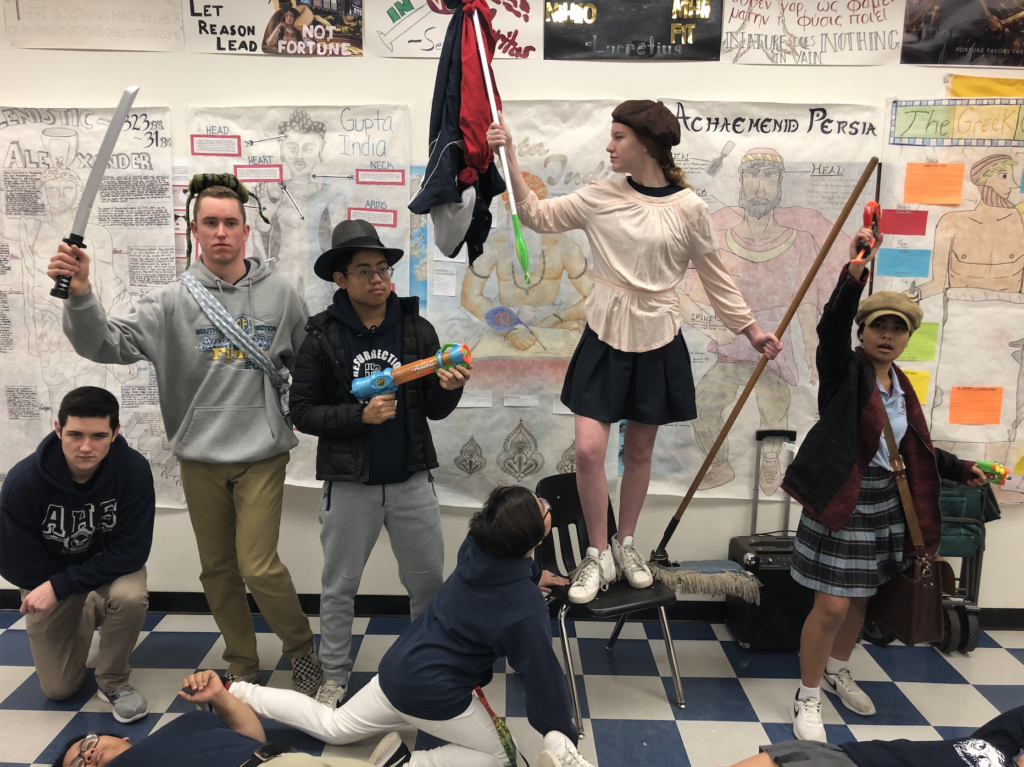
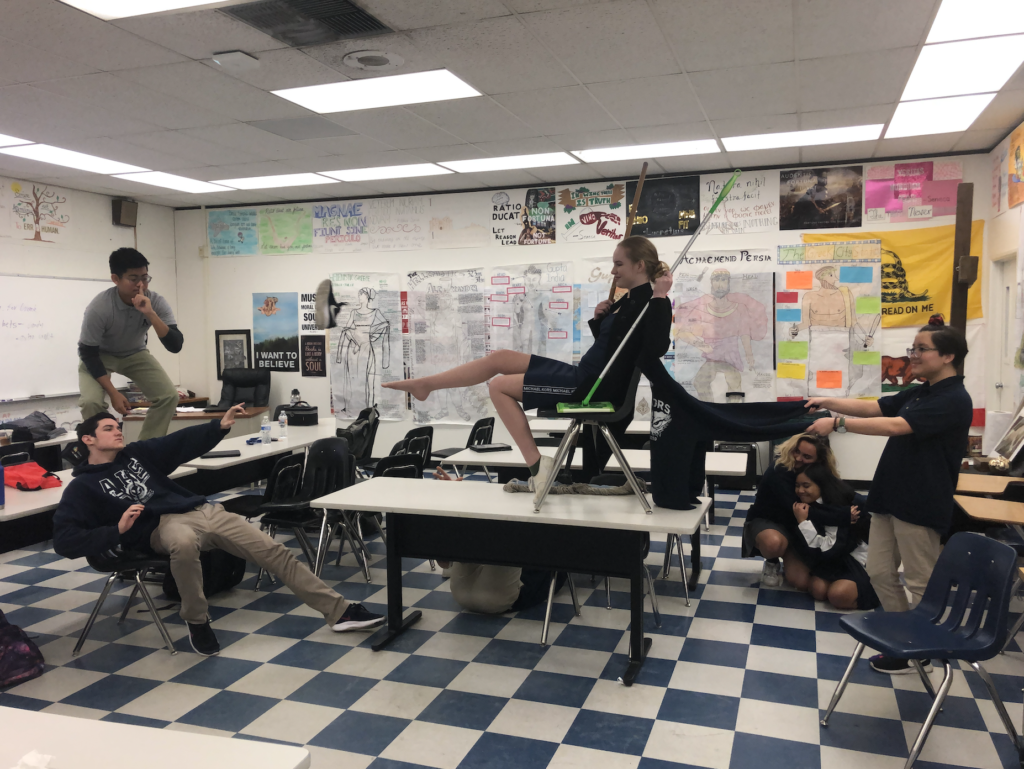
DESIGNING, FACILITATING, AND ASSESSING CREATIVITY
A natural question has emerged from this shift in approach. How do I measure student growth? How am I supposed to grade creative projects effectively? Though perhaps the most challenging to my practice, Electronic Assessment for Teaching and Learning has had a profound impact on how and what I assign and assess. This course challenged me to think about the purpose of learning tasks at their core and what function grades played in learning. Prompted by this course, I began shifting my thinking on assessment as a whole. I concerned myself far more with feedback, revision, and growth rather than checking for the correct answer. I committed to giving students detailed feedback on their successes and areas needed for improvement. Students then use this feedback to revise further and develop their projects, creations, essays, and any other tool used to learn. In the time that I have implemented this approach, I had seen a dramatic positive shift in student’s attitude toward learning, engaging more than ever when they no longer had the anxiety of maintaining an “A” or looking stupid when asked questions. My class has begun to shift toward an environment of inquiry and growth rather than demands for perfection. And the oddity of it all is that the less that I focused on scores and having it right the first time, student learning increased, not just their grades.
LEADING OTHERS INTO BETTER PRACTICE
While I can’t go back and undo my early teaching years, I can do everything in my power to support and mentor others to not step on the landmines that I already have. By shifting toward leadership and coaching, I have begun to see an extended reach beyond the students and learning in my classroom. A primary facilitator of this shift came from the course Teaching and Leadership. Through this course, I both evaluated my qualities as a leader, but also my failings. As a department chair in the Social Science department and an educational technology coach, I have functioned as a leader for some time. But I never gave much thought to what type of leader was I and where was I leading people. As a significant part of this course, I evaluated the problems that plagued teachers and sought to design better ways to alleviate their concerns. Meaningful professional learning, meetings, and providing appropriate time and space for growth were key teacher concerns. Through the course, I designed a personalized professional development pathway. Since teachers are told that one-size-fits-all doesn’t work for student learning, the same must be valid for teachers. The administration recently adopted several key elements of my design. In particular, teachers no longer meet in whole group PD meetings but break into smaller mentor groups of five teachers to facilitate community and growth through mutual support.
Prompted by this success, I am eager to design and create new learning experiences for teachers. Using the knowledge and content I have created throughout the MAET program, I have begun speaking at local Education Technology conferences. In the fall of 2019, I spoke at the Fall Cue Conference on Creating a Making and Creative Culture in the Social Science Classroom. During my session, I shared various creative activities teachers can use in the classroom, including student-created illustrations, short films, infographics, simulations, gamification, memeification, and creative design. At the end of this presentation, I facilitated a workshop in which I guided teachers on how to make mini versions of the interactive LED trade route map that I first developed in my first semester in the MAET program.
Sharing the creativity, design, and making-culture that I discovered while in the MAET program is a core passion and priority for the years ahead. It is my mission to continue to transform my classroom while encouraging other teaches to creative and design in their learning spaces. I will continue to coach and look for opportunities to affect change, both on my campus, throughout my neighboring schools, and by speaking at local conferences.
WHAT THE FUTURE HOLDS
I am determined to not stand ideally by while other students like Kyle feel defeated and broken every day the country over. This old-guard system of education is more appropriate for the early 20th century rather than the 21st. And I want to do everything in my power to ensure that the next generation of history teachers and history classrooms are significant and not deemed antiquated and pointless.
As a classroom instructor, I am committed to creating a creative learning environment that emphasizes student choice, inquiry, and design. I am committed to students learning through interaction and feedback, rather than punitive high-stakes exams. I am committed to leveraging all tools and technologies to make history alive and relevant to all students.
As an educational leader, I am committed to designing learning for educators and students in a personalized way: One-size does not fit all. I am committed to providing support, training, and inspiration to my fellow site educators. I am committed to showcase student learning and advocate for innovative instruction beyond my school walls through Professional Learning Networks and events.
The MAET program has facilitated and equipped me with tools, techniques, and cognitive skills to redesign and transform learning environments, both at the small scale of lessons and classrooms and at the administrative level. My eyes are fixed on transforming education from drab and lecture-laden to creative, personal, and meaningful.
